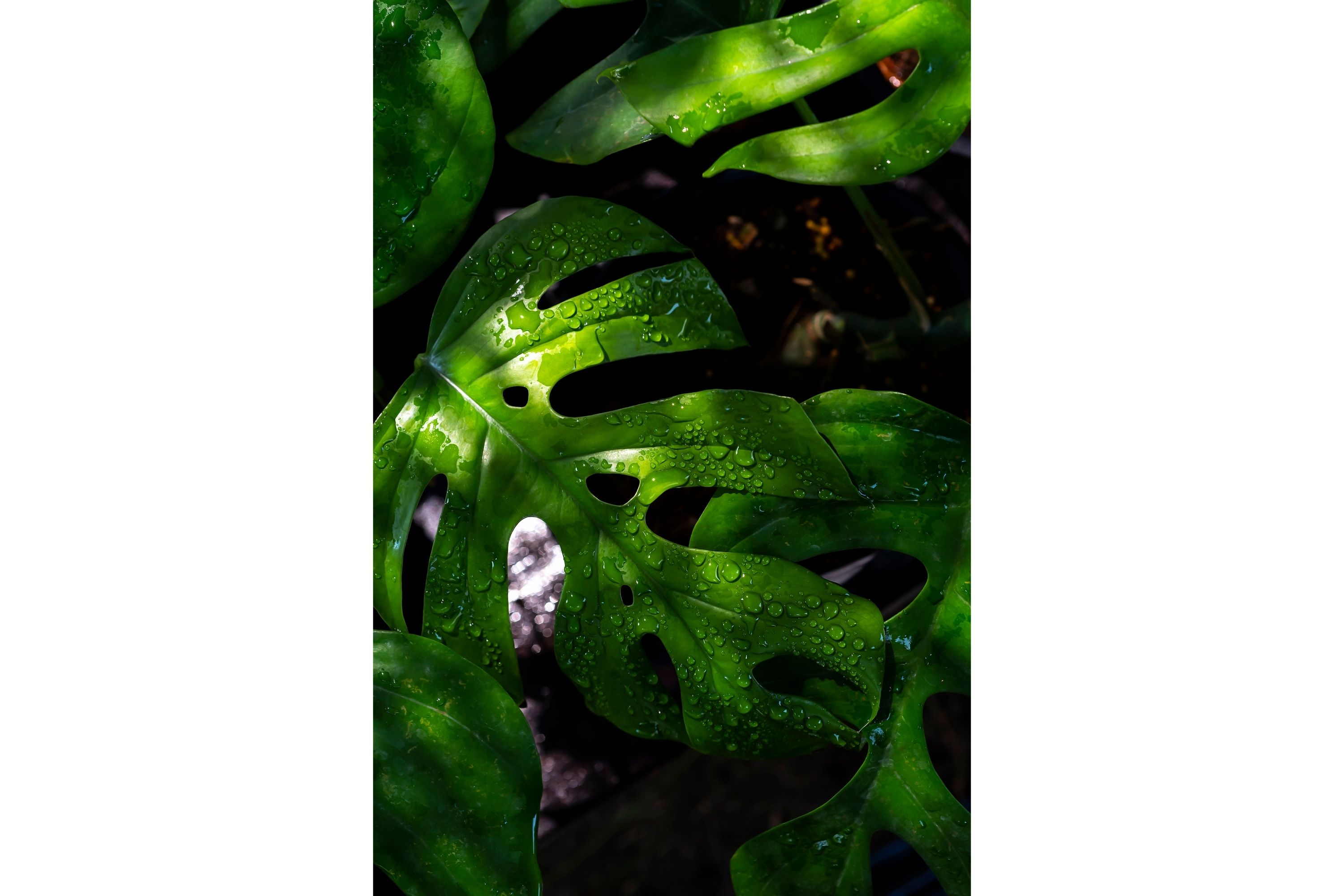Rhaphidophora decursiva
(Rhaphidophora decursiva)

Description
Rhaphidophora decursiva is a species of flowering plant in the family Araceae. It is native to China, the Indian Subcontinent, and Indochina. Rhaphidophora is a genus in the family Araceae, occurring from tropical Africa eastwards through Malesia and Australasia to the Western Pacific. The genus consists of approximately 100 species. This is a genus of evergreen, robust, climbing plants. The flowers are bisexual, lacking a perigone. The spathe is shed after flowering. The ovules number eight or more and are superposed on two (rarely 3) parietal placentas of the ovary. The flowers produce many, ellipsoid, straight seeds with a brittle and smooth outer coat (testa). These are hemiepiphytes, plants capable of beginning life as a seed and sending roots to the soil, or beginning as a terrestrial plant that climbs a tree and then sends roots back to the soil. In rare cases they are terrestrial rheophytes (plants that grow in fast-flowing water). Their bast fibers have typically abundant, long and slender trichosclereids, merging with the fibers of the sclerenchyma. If the blade of the leaf is torn, many hairs become apparent. The leaf stalks bend abruptly at their top. The leaf margin is entire. The leaves are pinnatifid to pinnatisect (cut with deep opposite lobing). The leaf venation is parallel (with veins running parallel for the length of the leaf), pinnate (one mid-vein with smaller veins branching off laterally) to reticulate (feather-veined). Six compounds extracted from the dried leaves and stems of Rhaphidophora decursiva have been shown to possess activity against one malarial parasite, Plasmodium falciparum. Polysyphorin and rhaphidecurperoxin showed the strongest antimalarial activity, while rhaphidecursinol A, rhaphidecursinol B, grandisin, and epigrandisin were less active. Rhaphidecursinol A and rhaphidecursinol B were determined to be neolignans, a major class of phytoestrogens, while rhaphidecurperoxin is a new benzoperoxide. Research on the chloroplast DNA sequence data (trnL-F) has shown that Rhaphidophora and Epipremnum are paraphyletic, forming three informal groups with other genera of the paraphyletic tribe Monstereae. This may result in taxonomic changes in this genus. The genera Rhaphidophora, Epipremnum, and Monstera are poorly differentiated. One cultivar, Rhaphidophora excelsa `Exotica' has been recognized.
Taxonomic tree:







